For most golfers, the natural inclination is to treat a golf day as a "rest day" from the gym. While this approach isn’t inherently wrong, it can leave little room for full recovery in a busy week. Full rest days are critical for recovery and growth, and structuring your schedule to include them can have significant benefits. One effective strategy? Pair your workouts with your golf days, leaving other days open for complete recovery.
This approach may not be possible for everyone all the time due to scheduling constraints, but experimenting with this concept can help golfers optimize their performance and recovery. Let’s explore why this strategy can work wonders for your game and your body.
The Benefits of Full Recovery Days
A rest day where no strenuous activity is performed allows your body to fully recover from the stresses of both physical training and golf. These days are crucial for muscle repair, nervous system recovery, and mental recharging.
- Improved Performance: Proper rest leads to better performance during workouts and on the course by reducing fatigue and preventing overtraining.
- Injury Prevention: Full recovery allows tissues to repair and adapt, lowering the risk of overuse injuries common in golfers.
- Better Sleep and Recovery: Rest days help regulate stress hormones and promote deeper, more restorative sleep, essential for both athletic and cognitive performance.
By working out and golfing on the same day, you free up time for complete recovery and ensure your rest days serve their intended purpose.
Why Work Out on Golf Days?
Working out on the same day as your round might seem counterintuitive, but there are several advantages to this approach:
- Maximizing Recovery: Grouping your workout and golf round on the same day means you’re stressing your body on one day, allowing the next day to be a true recovery day.
- Mental Clarity: After a workout, you may find your focus and energy levels elevated, which can carry over to your round. This can be especially beneficial for morning gym sessions followed by afternoon golf.
- Improved Physical Preparation: A well-structured workout targeting mobility and activation can prime your body for the physical demands of golf. Exercises that focus on mobility, core stability work, and resistance training can improve your swing mechanics on the same day.
How to Make It Work
This strategy doesn’t require an exhaustive workout before you hit the course. Here’s how to approach it:
- Prioritize Quality Over Quantity: Keep the workout brief and focused. Aim for a mobility warm-up, some speed or power work, and strength training if time allows.
- Avoid Fatigue: Steer clear of high-rep sessions that could leave you sore or drained during your round.
- Experiment and Adjust: Test this approach on less competitive days or casual rounds to see how your body responds. Not everyone will thrive with this schedule, but it’s worth exploring.
Finding What Works for You
Every golfer is different, and the best schedule for you depends on your goals, fitness level, and time constraints. Some players thrive on combining golf and gym sessions, while others may feel it impacts their performance.
The key is to listen to your body and stay flexible. By experimenting with workout and recovery schedules, you can find the balance that keeps you strong, fresh, and ready to perform at your best.
Final Thoughts
Pairing your workouts with your golf days is a smart strategy to give your body the full rest days it needs to recover and adapt. While it might not fit into every golfer’s schedule all the time, it’s worth trying to see how it impacts your performance and recovery.
Remember, golf fitness is as much about experimentation as it is consistency. Find what works for you, and enjoy the benefits of a healthier body and a better game.








